
 THIS FANTASTIC FOUR ONE-SHOT IS DESIGNED ONLY FOR FUN
THIS FANTASTIC FOUR ONE-SHOT IS DESIGNED ONLY FOR FUN
Fantastic Four in…Ataque Del M.O.D.O.K. One-Shot (Marvel, $3.99)
By Adam Prosser
There are two kinds of superhero fans: those who like MODOK, and those who don’t. To one group, he’s an embarrassment, a representative of all the goofy, ridiculous schlock that keeps superheroes from being taken seriously. To the other kind, he’s the perfect distillation of the kind of insane, creative, over-the-top-and-out-into-the-stratosphere weirdness that you can only really do in comics. As a proud member of the latter group, it seems to me that we shouldn’t be hiding from MODOK; we should be celebrating him as a unique creation. And it would seem lots of people agree with me, because the Mental Organism Designed Only for Killing has had a mini-renaissance lately, popping up throughout the Marvel books. And whenever he appears, he’s a surefire signal that the people behind the book aren’t interested in a gritty, dark, realistic comic—they just want to have fun.
Such is the case with this one-shot comic by Tom Beland and Juan Doe (uh…is that a pseudonym?), of which MODOK is actually a fairly small aspect. The real point of this comic is to introduce a new superhero, El Vejigante, the protector of Puerto Rico, who crosses paths with Reed Richards and Sue Storm while they’re on vacation. El Vejigante isn’t exactly the most fascinating character; he has a couple of interesting quirks to him— like the fact that he can turn invisible and intangible, but only as long as he can hold his breath—but mostly, he’s just a Hispanic Spider-Man. The comic’s real selling point is the colourful, expressionistic art, and the sweet little interludes with Reed and Sue. And of course MODOK, whose plan involves using genetically enhanced monkeys to combat the recession.
Oh, MODOK. Don’t ever change.






DEAD IN THE WATER: “DEADPOOLMAX” OFFERS MIN. OF ENTERTAINMENT
DeadpoolMAX #1 (Marvel, $3.99)
by Graig Kent
My experience with Deadpool, that soup-du-jourggenaut of the Marvel Comics stable, is limited to 10 issues of X-Force in the early 1990’s (yes, Liefeld-era), his appearance on the Hulk vs. DVD, and as portrayed by Ryan Reynolds in the Wolverine film, and I’ve been okay with that. The fact that the character has in any given month four or more titles on the stands bearing his name has only made me more wary of exploring him in any more depth. I figured he’s just a ridiculous leftover from the excesses of the ’90’s grim’n’gritty-era where every other character name featured the prefix or suffix “death” or “dead” in order to denote just how badass they were, and has seemingly been pushed into super-popularity by Marvel’s sheer force of will, and really I want no part of it. So why then did I read DeadpoolMAX, an adult-oriented (I would say “mature readers”, but there’s nothing mature about this) version of Wade Wilson’s exploits? Kyle Baker on art, that’s why. I’m a longtime fan, and Baker as usual does not disappoint, his unique art style merging an Al Williamson line sensibility with cel-animation-like coloring, giving the fluid, often kinetic storytelling a curious appeal. But unfortunately that’s the only appeal, as David Lapham, whose goodwill earned from his incredible creator-owned work Stray Bullets is being slowly withered away by a steady stream of mediocre work for the Big Two.
DeadpoolMAX does nothing to help repair that image (in fact it only serves to harm it more), and it does little to add appeal to the character, especially considering Deadpool himself is relegated to the background and generally referred to as a moron. Here is an story that’s as crass as it is simplistic, Lapham, working in the espionage milieu, stretching to make it humorous but failing desperately (let’s just say action-comedy isn’t his strong suit), Baker’s art adding the only real comedic punch, which even then is relegated to working with weak set-ups. It’s an almost unbearable, lowest-common-denominator exercise made barely palatable by some fun art, and as a first issue it hopefully leaves the series nowhere to go but up, not that I’m sticking with it to find out.


THOR WINNER: “ULTIMATE” TRANSCENDS EARTHBOUND ORIGINS
Ultimate Thor (Marvel, $3.99)
By Adam Prosser
I’m no particular fan of either Mark Millar or his 12-issue run on “The Ultimates”, but credit where credit is due. Given the premise of a supposedly “realistic” take on the Avengers (an approach which I think is inherently misguided, but whatever), the character of Thor would seem to be an awkward fit, originating as he does in Norse mythology, but Millar found a workable approach: Ultimate Thor seemed to be a nutcase who derived his power from super-science, and who merely believed he was the God of Thunder. It wasn’t until the climax of the story, after the reader had had time to get used to him, that his true godlike status was revealed. This was a logical approach for The Ultimates, but giving the character his own book (can’t hype him enough in the months leading up to next summer’s big movie, doncha know) carried with it its own set of concerns. See, a big part of the appeal of Marvel’s Thor—Kirby’s Thor—is that he’s not just a direct swipe from mythology, but a resident of the Marvel universe proper, which means he’s a collision of crazy comic-book elements. The classic Marvel Thor is just as much at home fighting aliens or Nazis or Absorbing Men as he is cave trolls. An attempt to “ground” the character in “reality”, or even established mythology, is inherently doomed. Would the writer—in this case, Jonathan Hickman—understand this?
I didn’t really need to worry. Not only does this book feature plenty of sword (or hammer)-slinging fantasy (including a terrifically foreboding flash-forward prologue), it’s also got telekinetic Nazis. That’s the stuff!
Hickman is one of the interesting, quirky indie talents, along with people like David Lapham and Kieron Gillen, that Marvel has been hiring lately to infuse the Marvel universe with new energy. In Hickman’s case, I’d say it’s succeeded; the guy has a unique voice, a suitable sense of the epic, and, in conjunction with artist Carlos Pacheco, a particularly clear storytelling sense that immediately draws you in. This comic features at least four different time frames, and yet it’s never confusing in the slightest. Hickman and Pacheco also have a real knack for using visuals to tell the story—symbols are a recurring motif here, and they’re employed for maximum impact at every turn.
Whether we needed yet another “Thor” book is questionable, but unless you just flat-out don’t like the character, this is a very solid read, and more engaging than it had any right to be.





LEGACY VIRUS: “TRON” PWNS
Tron: Legacy #1 (of 2) (Marvel, $4.99)
by Graig Kent
I like Tron, I like it a lot. I’m a fan of the film, I love the aesthetic and the technical challenge that went into making it, and I’m awaiting Tron: Legacy with almost as much anticipation as I did the Phantom Menace. Unlike Star Wars once did, however, Tron hasn’t inspired the fervent fanaticism in me as it has some people, to the point that when I was geeking out over the latest Legacy trailer with a friend, he said “Was that Clu?” and I replied, “Who’s Clu?”
Yeah, I know.
Anyway, Tron: Betrayal, Marvel’s first big Disney product since the acquisition, is thankfully a book for the casual fan and the hardcore fan alike. Set shortly after the conclusion of the first film, Kevin Flynn has created a new virtual world which he uses to explore the concept of programs as civilization. He visits when he can, but generally leaves the place in the hands of its protector, Tron, and generates a new Clu to act as his proxy when he’s back in the real world, managing Encom as well as expectant fatherhood. But all isn’t well within this world, as bugs attack the very foundation its built on and new “life” seems to spring forth without user influence, but the problems are just starting.
From what little I know of “Legacy”, the events of “Betrayal” have direct relevance on the film, but instead of being just a placeholder to explain all the little details for the geeks who wonder about that stuff (which I can’t say I’m not a part of), it actually reads like a real story. Jai Nitz does a great job world building, reestablishing known characters and developing new ones. Within the first few pages of this extra-sized book I was fully engrossed in a familiar-yet-different world of Tron. Much of that credit also must be given to artist Andie Tong and colorist Pete Pantazis. Tong manages to capture a bit of the actors in their roles without being distractingly photoreferenced, and he negotiates the real and virtual worlds with exceptional detail. Pantazis works in two distinct palettes for the different realms, his virtual world having much of the feel as we’ve seen from the trailers. Fans should be pleased, very pleased, and entertained.





SMART, FUNNY, AND BONDAGE-PRONE: “EMPOWERED” IS BACK
Empowered, Volume 6 (Dark Horse, $15.99) 
By Jeb D.
Adam Warren’s series continues to grow and deepen with each volume, with its initial mix of cheek and kink evolving into a character-rich, emotionally true tale that just happens to be set in an environment of superpowers and sexual fluidity.
In a sort of metaphor for the unpredictability of the creative process, our titular heroine begins Volume 6 of Empowered by recalling the tragic (and genuinely moving) end of Volume 5, and the implicit promise that “the guy that draws this” would bring a lighter touch to this latest installment. And, frankly, I wouldn’t be at all surprised to find that was exactly what Warren intended; after all, Volume 5 appears to have gone to places far darker than any he’d envisioned for this series, and it wouldn’t be surprising if he wanted to get Emp and her friends back to some light fun ‘n’ games. Easier said than done, though: the kind of blue-dkies turnaround that he hinted at before may no longer be available to a writer whose characters’ path has turned more tortuous than he’d ever imagined.
This is not to say, by the way, that Volume 6 of Empowered isn’t funny, because it is. And it certainly doesn’t skimp on its commentary on today’s comic scene: the link to last issue’s tragedy is a wicked takeoff on the phenomena of Marvel Zombies/Blackest Night and the whole question of just what, if anything, “death” means in a corporate comics publishing context. So while there’s comedy aplenty, it’s of a fairly black nature, as we see the back-from-the-dead antics of the insatiable Phallix, and the rather ghastly arrival of Deathmonger and his army of ex-superhero zombies (or the “Superdead” as they’re called!). The early sections of this volume, in fact, do a great job of mixing horror and action, and are maybe the most flat-out exciting Empowered segment so far.
And Warren uses that backdrop to continue his examination of the relations among his troubled cast, nailing the friction between Emp and Thugboy, and the damaged relationship between Sistah Spooky and her lover-with-the-unprintable-name (I know no one at Joblo would be offended, but “Mindf—k” is as far as Dark Horse will let Warren go: one of my few reservations about the series is the distraction caused by Warren’s insistence on using more and more blacked-out cuss words instead of simply finding alternatives). And discussing plot and characterization, I shouldn’t sell Warren’s art short: it continues to be an amazingly assured blend of American and Japanese comics storytelling, and the high quotient of action scenes shows this off to great advantage: among other things, there’s a two-page splash of the arrival of Deathmonger than Bryan Hitch would be proud to claim.
But did I make it sound as if there were no fun and games? Perish the thought! We’ve got a superhero fantasy draft, ninjas on vacation, a news-reading Fractaloctopus, and even a glimpse into Emp’s “secret origin.” My favorite chapter is probably the one where Emp is giving advice to potential superheroines about how to deal with the perils inherent in being captured (when you’re stashed in the trunk of the bad guy’s car, watch for “trunk rug burn;” don’t cry, because a stuffy nose can be a major problem when you’re gagged; and keep up with your yoga to remain limber while hogtied): it’s the perfect example of how Warren can convincingly detail the fetishism inherent in superhero comics, while simultaneously giving it a knowing tweak on its prurient nose. In that sense, Empowered continues to be the Galaxy Quest* of modern comics: both loving tribute and wicked parody.
*The movie, not the comics. Empowered is far more interesting than the actual Galaxy Quest comics, which are really pretty lame.





THIS WEEK’S TALKING POINTS:
Do colorful “old-school” villains like MODOK still work for you? Is it time for Wonder Woman to be menaced once more by Egg Fu?
Thor vs. Deadpool: which character will utterly burn out first?


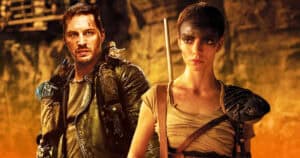



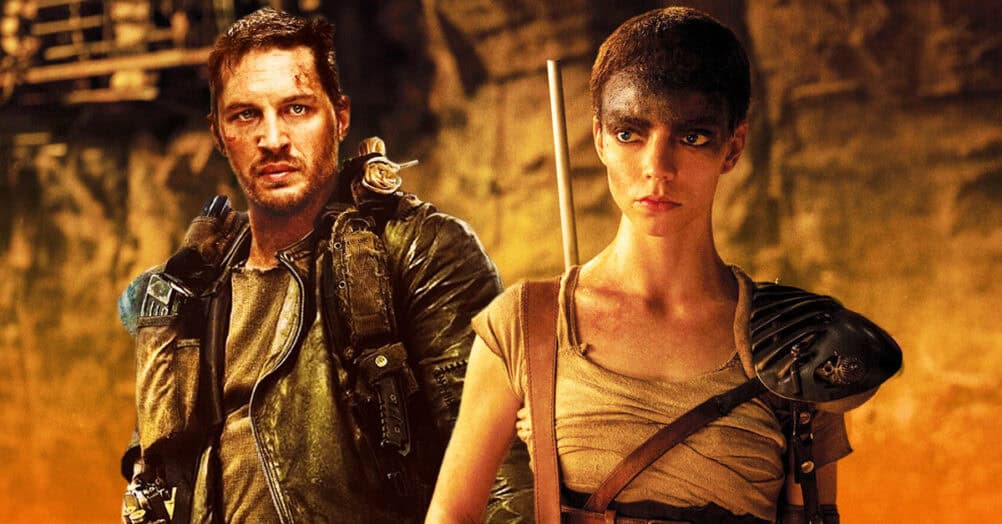

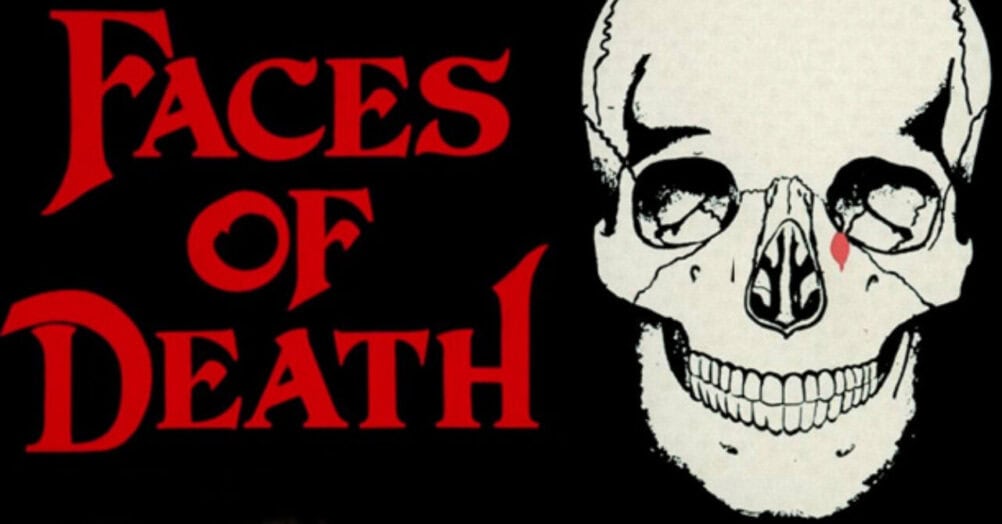
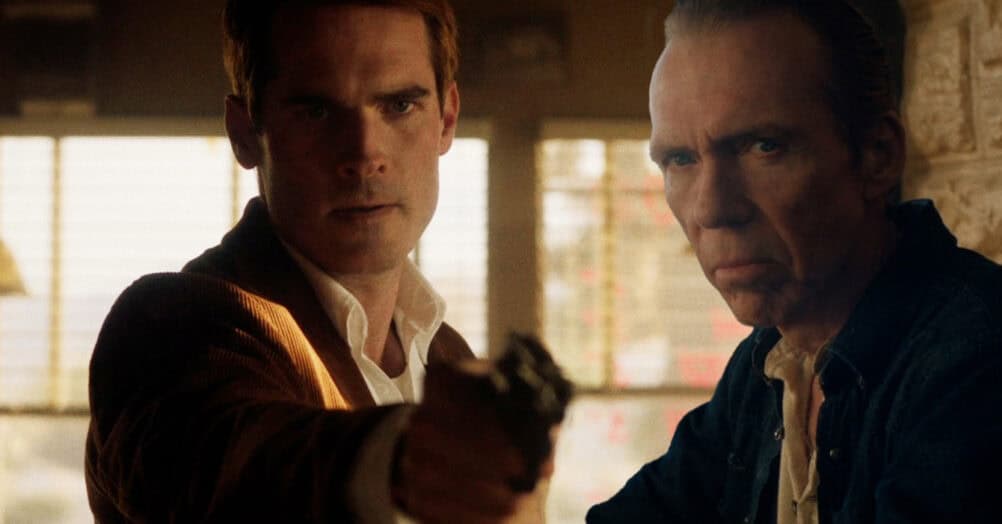



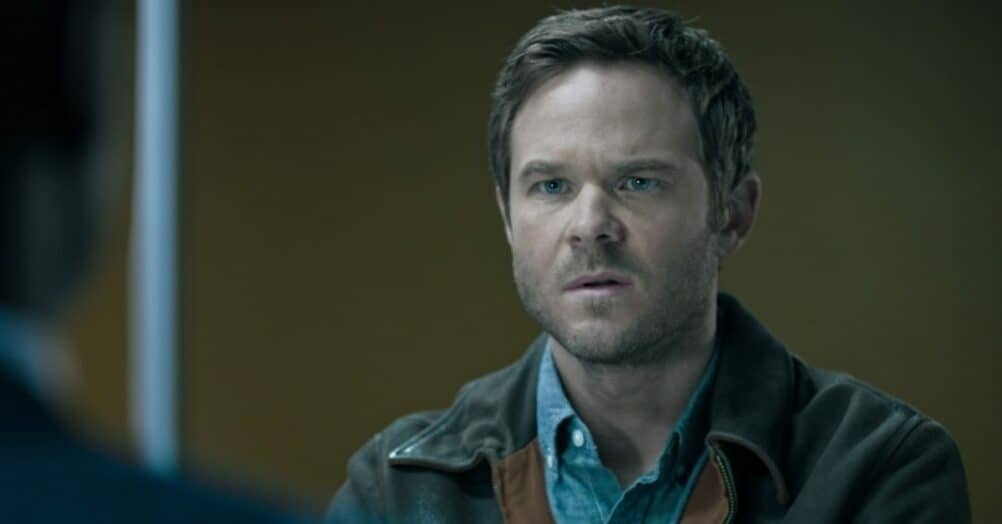


Follow the JOBLO MOVIE NETWORK
Follow us on YOUTUBE
Follow ARROW IN THE HEAD
Follow AITH on YOUTUBE